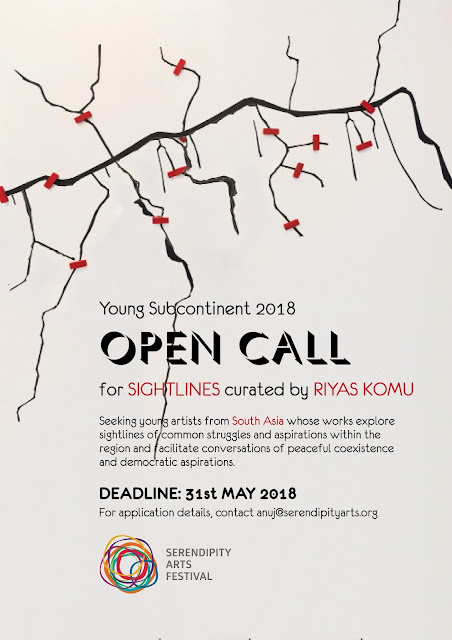The concept of "orientation" allows us then to rethink the phenomenality of space-that is, how space is dependent on bodily inhabitance. And yet, for me, learning left from right, east from west, and forward from back does not necessarily mean I know where I am going. I can be lost even when I know how to turn, this way or that way. Kant describes the conditions of possibility for orientation, rather than how we become orientated in given situations. In
Being and Time, Martin Heidegger takes up Kant's example of walking blindfolded into a dark room. For Heidegger, orientation is not about differentiating between the sides of the body, which allow us to know which way to turn, but about the familiarity of the world: "I necessarily orient myself both in and from my being already alongside a world which is 'familiar'" (1973: 144). Familiarity is what is, as it were, given, and which in being given "gives" the body the capacity to be orientated in this way or in that. The question of orientation becomes, then, a question not only about how we "find our way" but how we come to "feel at home."
Ahmed Sara, in Queer Phenomenology: Orientations, Objects, Others, Duke University Press, London. 2006. pg. 6-7






















